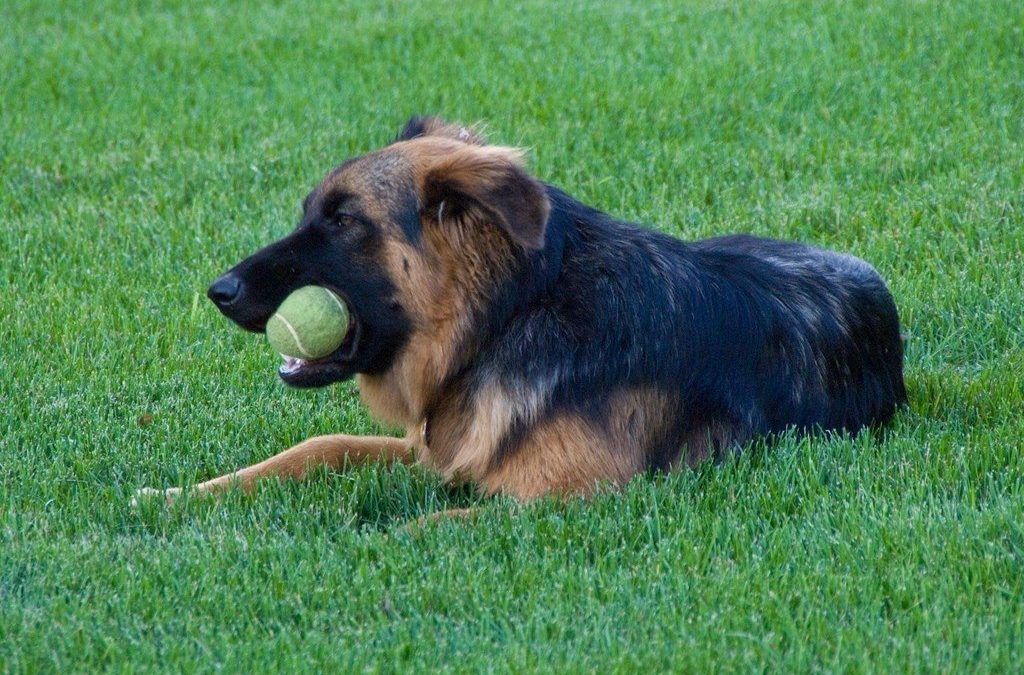Lawn treatments are a popular way to keep your lawn looking lush and healthy. However, it is important to be aware of the potential risks that these treatments may pose to your pets. Lawn treatments can contain chemicals that are toxic to animals, and exposure to these chemicals can cause serious health problems in pets. Therefore, it is important to know how long after lawn treatment it is safe for your pets to be on the lawn.
Types of Lawn Treatments
There are many different types of lawn treatments available, and each type may have different instructions for pet safety. Some of the most common types of lawn treatments include:
Fertilizers: Fertilizers are used to promote healthy growth and maintain the appearance of lawns. They may contain a variety of nutrients, including nitrogen, phosphorus, and potassium.
Pesticides: Pesticides are used to control pests such as insects, weeds, and fungi. They may contain chemicals such as glyphosate, 2,4-D, and imidacloprid.
Herbicides: Herbicides are used to control weeds. They may contain chemicals such as glyphosate, dicamba, and 2,4-D.
Organic or natural treatments: These treatments are made from natural materials such as compost, bone meal, and seaweed. They are often considered safer for pets than synthetic treatments.
Pet Safety and Lawn Treatments
The chemicals in lawn treatments can be harmful to pets if they are ingested or come into contact with the skin. Symptoms of exposure to lawn treatment chemicals may include vomiting, diarrhea, seizures, and respiratory distress. In severe cases, exposure can even lead to death.
Therefore, it is important to take steps to protect your pets from exposure to lawn treatment chemicals. Here are some tips to keep in mind:
Follow instructions carefully: Always follow the manufacturer’s instructions carefully when applying lawn treatments. This includes any instructions for pet safety.
Keep pets indoors during application: Keep your pets indoors while lawn treatments are being applied. This will help to prevent them from coming into contact with the chemicals.
Wait before letting pets back outside: Wait until the lawn treatment has dried or settled before letting your pets back outside. This may take several hours or even a few days, depending on the type of treatment used.
Consider using organic or natural treatments: If you are concerned about the safety of your pets, consider using organic or natural lawn treatments instead of synthetic treatments.
How Long to Wait Before Letting Pets Back on the Lawn
As mentioned above, the length of time that it is safe for pets to be on a lawn after treatment depends on the specific type of treatment used. Here are some general guidelines:
Fertilizers: Many fertilizers can be safely walked on immediately after application. However, it is a good idea to wait until the fertilizer has had a chance to settle into the soil before letting your pets back on the lawn. This typically takes a few hours.
Pesticides and herbicides: Pesticides and herbicides can be more toxic to pets than fertilizers. It is important to follow the manufacturer’s instructions carefully when using these treatments. In most cases, it is recommended that you wait at least 24-48 hours before letting your pets back on the lawn.
Organic or natural treatments: Organic or natural treatments are often considered safer for pets than synthetic treatments. In most cases, pets can be let back on the lawn immediately after these treatments have been applied.
It is important to note that these are just general guidelines. Always follow the specific instructions provided by the manufacturer or lawn care professional who applied the treatment. If you are unsure about the safety of your pets, it is always best to err on the side of caution and wait longer before

